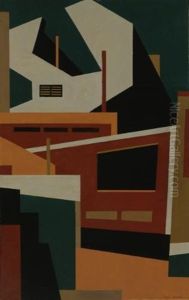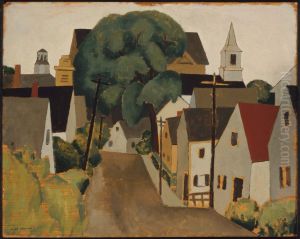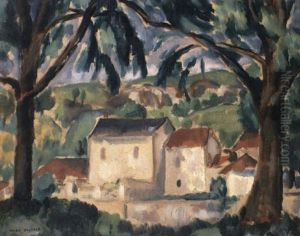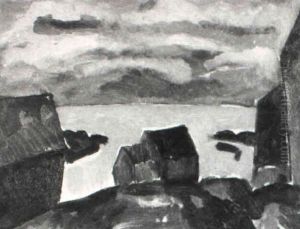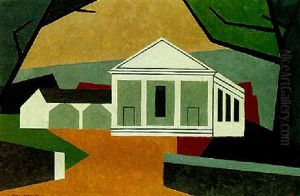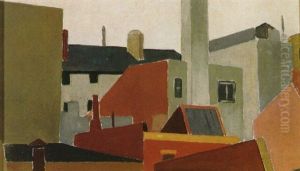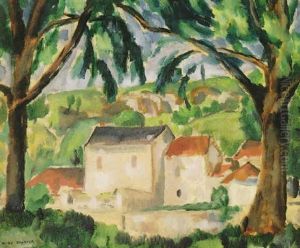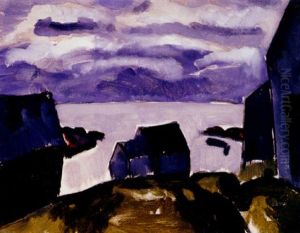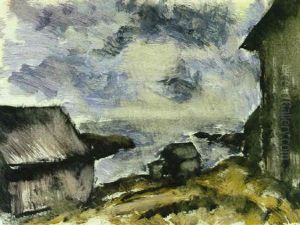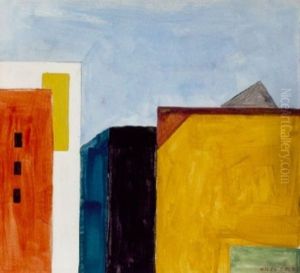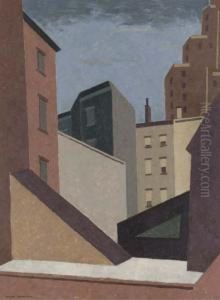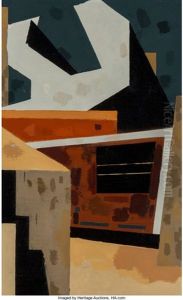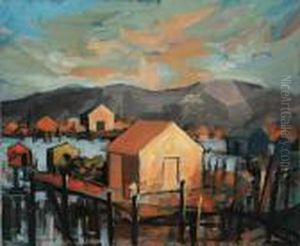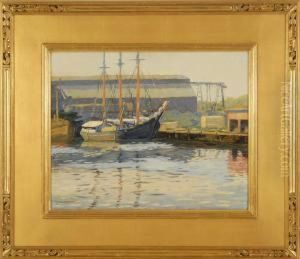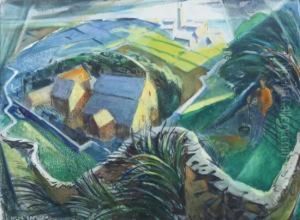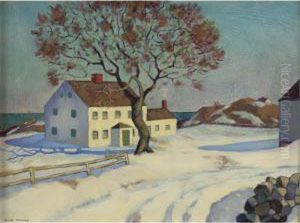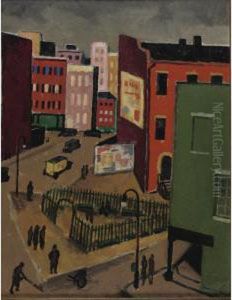Niles Spencer Paintings
Niles Spencer was an American painter known for his unique contribution to the Precisionist movement, which emerged in the United States in the 1910s and 1920s. Born on December 31, 1893, in Pawtucket, Rhode Island, Spencer showed an early interest in art, which led him to pursue his artistic training at the Rhode Island School of Design. His development as an artist was further enriched by his studies in Paris, where he was exposed to the latest European avant-garde movements, a common practice among American artists of his generation seeking to expand their artistic horizons.
Spencer's work is characterized by its meticulous attention to detail and its clean, precise depiction of architectural forms and industrial landscapes, hallmarks of the Precisionist style. This movement, with which Spencer is closely associated, sought to express the beauty of the industrial age and the modern American landscape through a reduction of forms to their geometric essentials and the use of smooth, unmodulated areas of color. Spencer's paintings often depict buildings, bridges, and factories, rendered with an almost dreamlike clarity and a sense of isolation, which gives his work a distinctive, serene quality.
Throughout his career, Spencer remained somewhat detached from the mainstream art world, preferring to work in solitude. Despite this, his work was recognized and appreciated by his contemporaries. He participated in several important exhibitions, including the Armory Show of 1913, which introduced modern European art to America, and had his work included in major museum collections such as the Museum of Modern Art in New York. Spencer's contribution to American art, particularly to the Precisionist movement, is significant for its unique interpretation of the American landscape and the technological advancements of his time.
Niles Spencer's later years were marked by a continued dedication to his art, although he never achieved the level of fame or financial success of some of his contemporaries. He passed away on October 14, 1952, in New York City. Despite the relative obscurity into which he fell after his death, recent scholarship and exhibitions have begun to reevaluate Spencer's work, recognizing its importance in the context of American modernism and its influence on subsequent generations of artists. Spencer's paintings remain a testament to his meticulous technique and his vision of the American landscape transformed by industry and technology.
